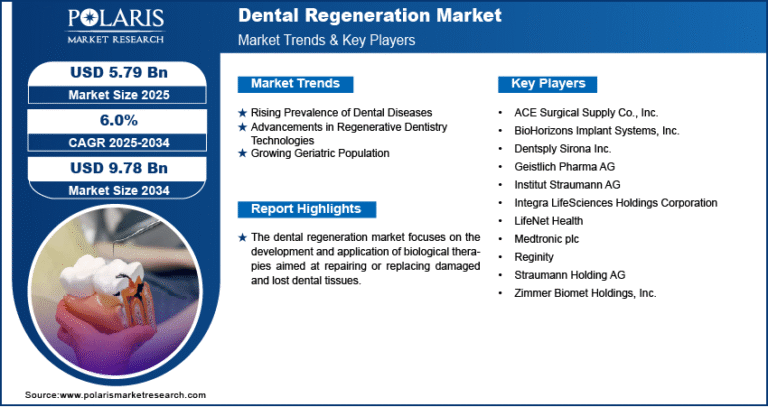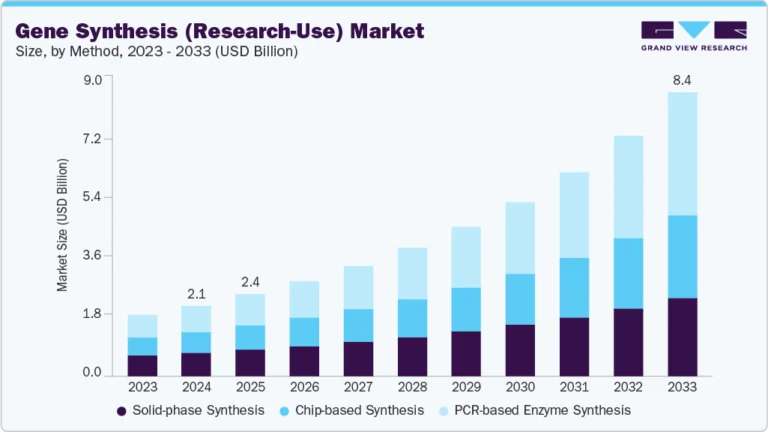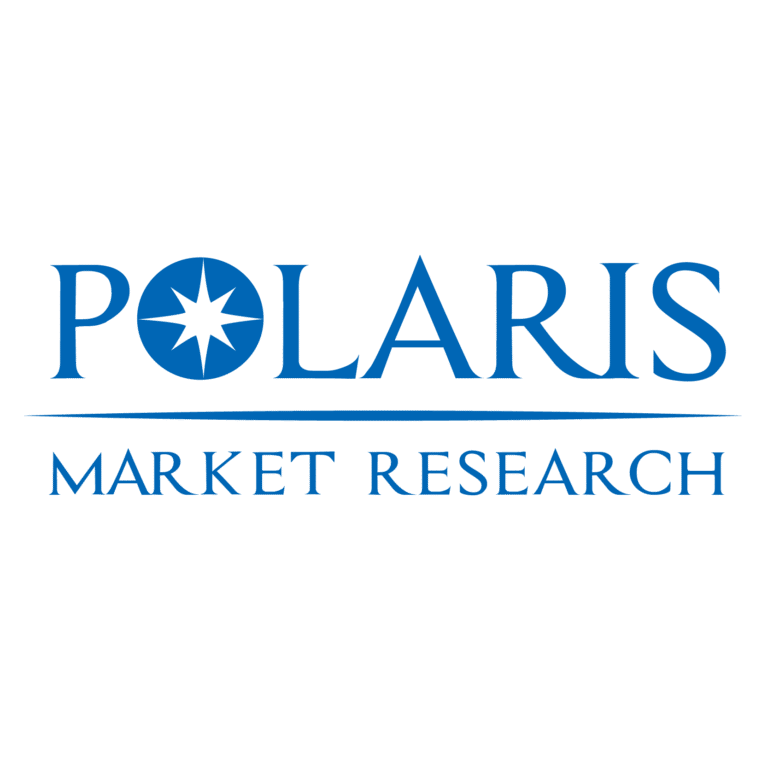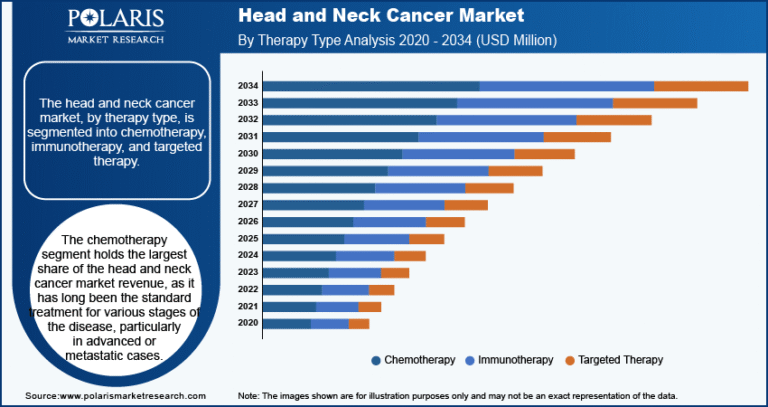Scar Treatment Market forecasted to reach USD 8.24 billion by 2034, expanding at a CAGR of 10.9%.
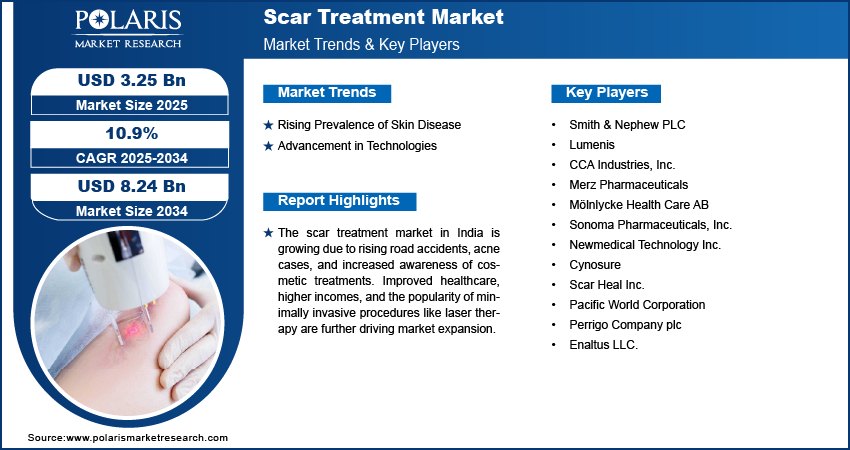
The scar treatment market was valued at USD 2.94 billion in 2024 and is projected to grow from USD 3.25 billion in 2025 to USD 8.24 billion by 2034, registering a CAGR of 10.9% over the forecast period. The growth of the scar treatment market is fueled by the increasing incidence of road accidents, burn injuries, and a range of skin-related conditions.
Trends & Insights (4 Key Points):
- Rising Incidence of Skin Injuries and Surgeries: An increase in surgeries, accidents, and skin trauma globally is directly contributing to the demand for scar treatment solutions, both for medical and cosmetic purposes.
- Growing Popularity of Cosmetic Procedures: With rising aesthetic awareness and a strong desire for flawless skin, consumers are increasingly seeking advanced scar revision treatments, including laser therapy and chemical peels.
- Technological Advancements in Treatment Modalities: The development of non-invasive and laser-based scar removal techniques, alongside topical treatments enriched with bioactive ingredients, is driving market growth.
- Expansion of E-commerce and DTC Skincare Brands: A surge in online skincare sales and direct-to-consumer marketing by cosmetic companies has made scar treatment products more accessible, fueling demand in emerging economies.
𝐆𝐞𝐭 𝐄𝐱𝐜𝐥𝐮𝐬𝐢𝐯𝐞 𝐒𝐚𝐦𝐩𝐥𝐞 𝐏𝐚𝐠𝐞𝐬 𝐨𝐟 𝐓𝐡𝐢𝐬 𝐑𝐞𝐩𝐨𝐫𝐭:
https://www.polarismarketresearch.com/industry-analysis/scar-treatment-market/request-for-sample
Market Size & Forecast:
- Market Size (2025): USD 3.25 billion
- Revenue Forecast (2034): USD 8.24 billion
- CAGR (2025–2034): 10.9%
Generic Market Overview (2 Paragraphs):
The scar treatment market is witnessing substantial growth due to increasing concerns over aesthetic appearance and the psychological impact of visible scars. As patients seek quicker, more effective, and less invasive solutions, advancements in dermatological science have provided a wide array of treatment options. These include topical formulations, laser therapy, dermal fillers, and surgical interventions, catering to various types of scars such as acne, keloid, hypertrophic, and contracture scars.
Consumer awareness around skin health and scar prevention is also rising, driven by social media and dermatology influencers. The market is benefiting from ongoing product innovations, regulatory approvals, and clinical studies that validate treatment efficacy. Additionally, a growing emphasis on post-operative care and scar minimization in plastic and reconstructive surgeries is contributing to long-term demand. Manufacturers are increasingly focusing on patient-specific solutions and combination therapies to achieve optimal outcomes.

